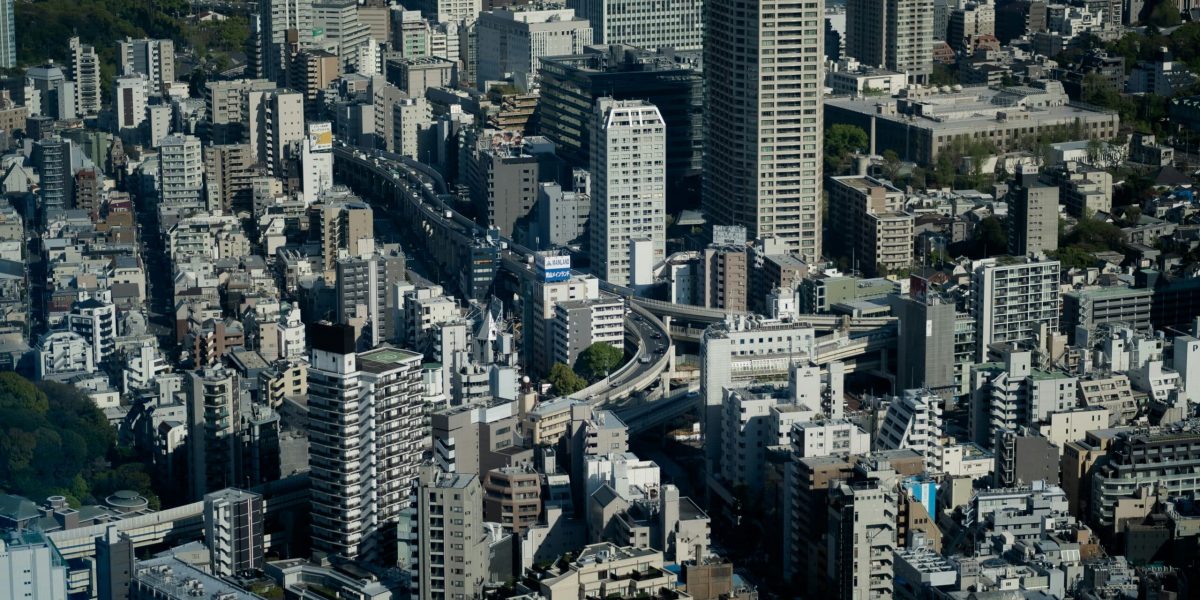Urban Planning: Shaping the Future of Our Cities
Urban planning is the blueprint of modern civilization, encompassing the design and organization of urban areas to meet the needs of growing populations. With cities around the world expanding at an unprecedented rate, the importance of thoughtful and sustainable urban planning has never been more evident. Beyond aesthetics, it involves creating spaces that foster community, support economic growth, and address environmental challenges.
How cities are planned and managed impacts everything from transportation to housing, public spaces to infrastructure, and the quality of life for residents. As urban areas continue to grow, finding innovative and inclusive approaches is essential to creating environments that are not only functional but also resilient and equitable.
How Does Urban Planning Balance Growth and Sustainability?
Urban areas are hubs of opportunity, innovation, and culture, attracting millions of people each year. However, this rapid urbanization comes with significant challenges, including overcrowding, environmental degradation, and resource strain. Urban planning serves as a critical tool for managing these pressures by integrating sustainability into development strategies.
One of the key principles of modern urban planning is smart growth, which aims to curb urban sprawl by promoting high-density, mixed-use developments. These designs minimize land use while ensuring that housing, workspaces, and recreational areas are accessible. By reducing reliance on cars and encouraging public transportation, urban planners not only decrease carbon emissions but also create more livable cities.
Green infrastructure plays a pivotal role in addressing environmental concerns. Parks, green roofs, and urban forests are integrated into city designs to improve air quality, manage stormwater, and reduce urban heat. For example, Singapore, often dubbed the “Garden City,” has successfully incorporated green spaces into its densely populated urban areas, demonstrating how sustainability and urbanization can coexist.
How Does Urban Planning Create Inclusive Communities?
Urban planning goes beyond buildings and roads; it also shapes the social fabric of communities. Inclusive planning ensures that cities are designed for everyone, regardless of income, age, or ability. This requires addressing disparities in access to housing, transportation, and public amenities.
Affordable housing is a cornerstone of inclusive urban planning. In many cities, rising real estate prices have marginalized low-income residents, pushing them to the outskirts and increasing commute times. To combat this, planners often implement zoning policies that encourage the development of diverse housing types, from subsidized apartments to co-housing communities. By prioritizing affordability, cities can maintain diversity and foster social cohesion.
Transportation is another critical aspect of inclusivity. A well-planned city offers efficient, accessible, and affordable public transit options, reducing the reliance on private vehicles. Cities like Copenhagen and Amsterdam have gone a step further by designing bike-friendly infrastructure, making sustainable transport both viable and attractive.
Public spaces such as parks, plazas, and cultural hubs also play a vital role in urban planning. These areas promote interaction and build a sense of community. Well-designed spaces cater to a diverse range of activities, from sports to festivals, ensuring they are welcoming to all. Accessibility is key—urban planners must consider wheelchair ramps, signage for the visually impaired, and safety features for children and elderly residents.
How Is Technology Transforming Urban Planning?
The rise of technology has revolutionized the way urban planners approach the design and management of cities. Smart cities, which integrate digital technology into infrastructure and services, are at the forefront of this transformation. These innovations enhance efficiency, improve quality of life, and allow cities to adapt to the challenges of urbanization.
Data plays a critical role in modern urban planning. Sensors and IoT (Internet of Things) devices collect real-time information on traffic patterns, energy use, and air quality. Planners can use this data to optimize infrastructure, such as adjusting traffic light timings to reduce congestion or identifying areas that need better waste management.
Geographic Information Systems (GIS) are another powerful tool, enabling planners to analyze spatial data and visualize future developments. With GIS, they can identify the best locations for new housing, predict the impact of natural disasters, and plan evacuation routes. This technology ensures that urban planning decisions are evidence-based and efficient.
Renewable energy and smart grids are also key components of tech-driven urban planning. Cities like Barcelona and San Diego are integrating solar panels, wind turbines, and energy storage systems into their designs, reducing dependence on fossil fuels. These innovations not only lower greenhouse gas emissions but also make cities more self-reliant and resilient to energy crises.
Why Does Urban Planning Matter for the Future?
The significance of urban planning lies in its ability to anticipate and address the challenges of tomorrow. As cities become home to the majority of the global population, the pressure to provide adequate housing, transportation, and resources will only increase. Thoughtful planning ensures that urban areas can grow sustainably without compromising the environment or quality of life.
Urban planning also plays a crucial role in mitigating the impacts of climate change. Coastal cities, for instance, face rising sea levels and increased flooding risks. By integrating climate resilience into city designs—such as building flood barriers, improving drainage systems, and relocating vulnerable populations—urban planners can protect communities from disaster.
The concept of the 15-minute city is gaining traction as a model for future urban planning. This approach envisions neighborhoods where all essential services, including schools, healthcare, and grocery stores, are within a 15-minute walk or bike ride. By reducing the need for long commutes, these designs promote sustainability and enhance residents’ quality of life.
Urban planning is also an instrument of equity. By involving communities in the planning process, cities can ensure that development reflects the needs and aspirations of their residents. Participatory planning empowers citizens to shape their environments, fostering trust and accountability between governments and communities.








